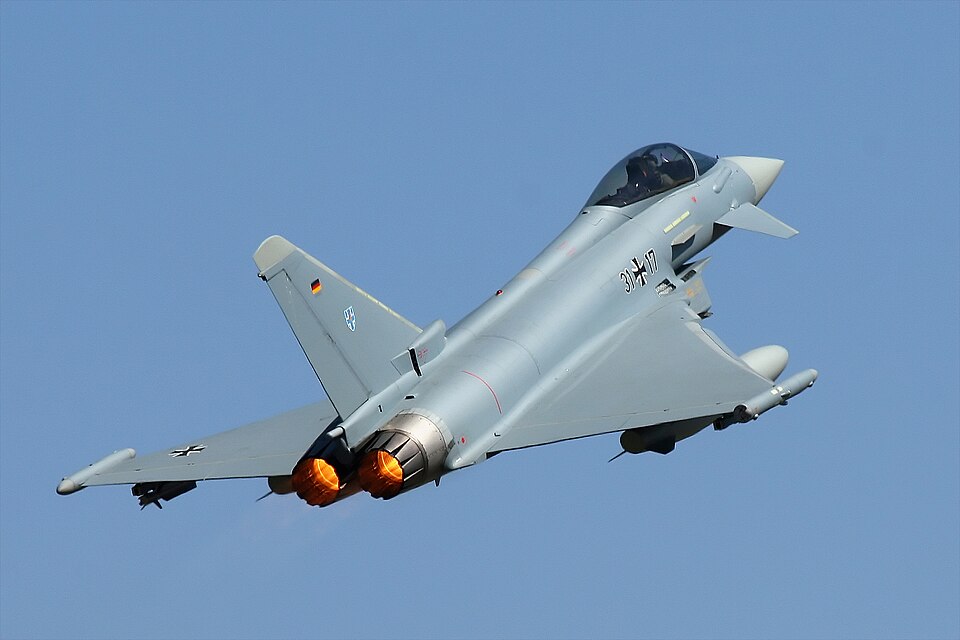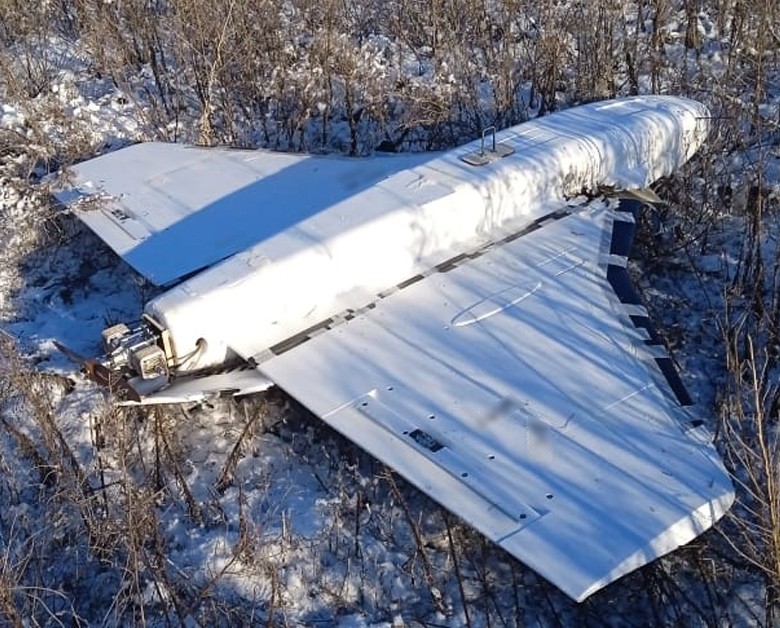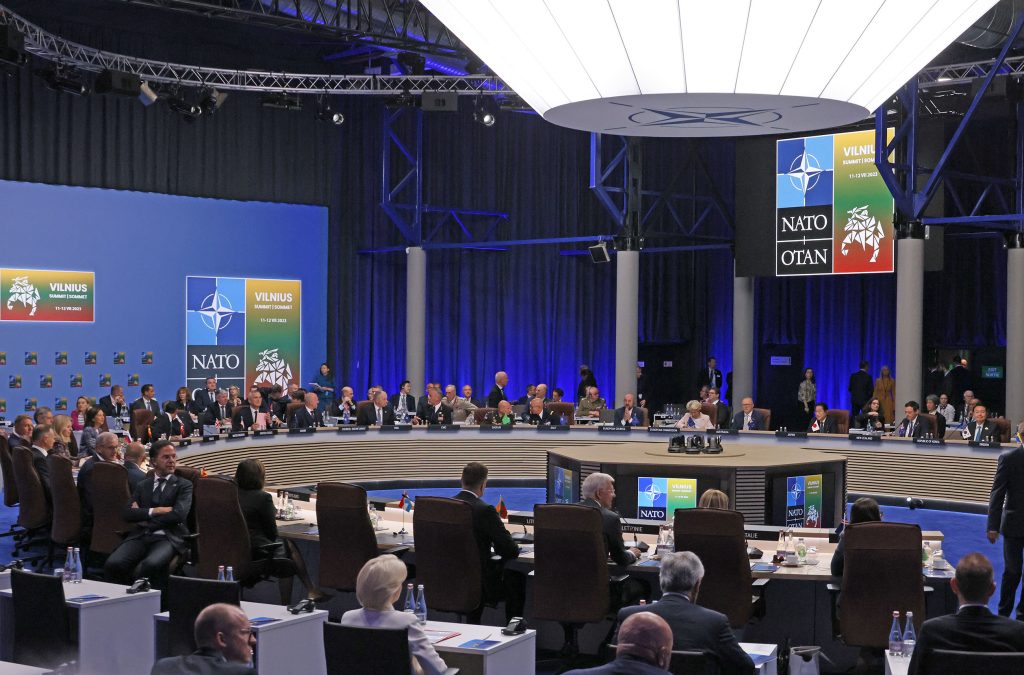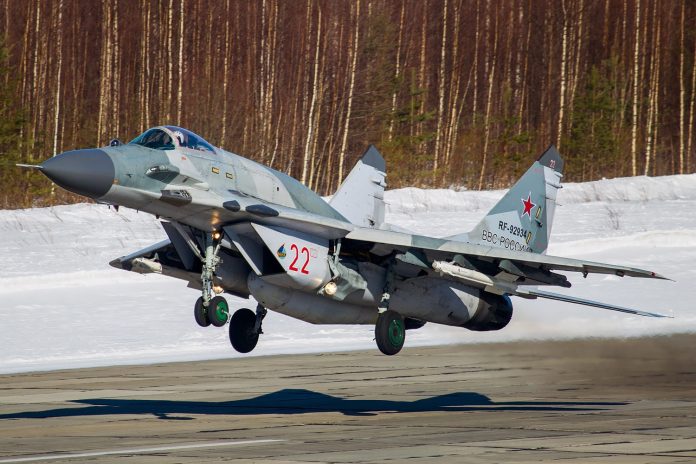
“Provocative testing of readiness” is how Poland’s military described the latest encounter over the Baltic Sea. On October 28, 2025, two Polish MiG-29s intercepted a Russian Il-20 reconnaissance aircraft that was flying without a transponder and without a filed flight plan in international airspace. While no borders were breached, the incident underlined a pattern of deliberate probing by Moscow along NATO’s eastern flank.
The Baltic Sea, often referred to as a “NATO lake,” is bordered almost entirely by alliance members, but the heavily militarized Russian exclave of Kaliningrad continues to be a source of constant aerial and maritime tension. As part of a wider escalation involving drones, fighter jets, and hybrid attacks on critical infrastructure, this incident is certainly not an isolated one. NATO responses provide immediate tactical measures in relation to long-term strategic initiatives aimed at deterring and countering these incursions.
Below is a listicle that details the nine most critical aspects of the incident and its wider context: from the aircraft’s role in gathering intelligence to NATO’s evolving Eastern Sentry mission and the geopolitical stakes of hybrid warfare in the Baltic region.

1. Intelligence Function of IL-20
The Il-20 in NATO terminology, a Coot-A carries radar, signals intelligence, and electronic warfare systems all designed to intercept communications and even detect the electronic emissions of air defenses. Strategic analyst Frederik Mertens, a researcher at TNO, says these capabilities are aimed at “the most important systems monitored” missile and air defense networks. Such flights allow Russia to map NATO’s electronic footprint, feeding data into its operational planning.
NATO nations also fly the same missions with platforms such as the Boeing RC-135 Rivet Joint, which underlines that intelligence collection is a common military activity. Without a transponder and a flight plan, however, that same reconnaissance becomes a deliberate provocation, testing the detection and interception procedures of NATO.

2. Pattern of Baltic Interceptions
This was by no means the first Il-20 encounter in 2025: German Eurofighters and Swedish jets intercepted a similar aircraft in September, while cdid so twice earlier this year-one of those after the failure to respect Polish airspace. Every case had the same profile: no flight plan filed, no radio contact, proximity to NATO borders.
Poland framed the events in their June statement as “another case of provocative testing of the readiness of systems of the member states of NATO.” The recurrence suggests a deliberate Russian strategy to normalize such encounters and gather intelligence under the cover of international airspace operations.

3. NATO’s Eastern Sentry Mission
The operation was a response to the swelling number of incursions by the Russians, including drones into Polish airspace and fighter aircraft in Estonia. It draws together air, sea, and land assets deployed across the eastern flank; AWACS flights conduct real-time tracking and command.
US Air Force Lt. Col. Stephen Wahnon emphasized, “When we’re patrolling these borders, they are our borders,” reflecting the deterrent posture of the mission. Eastern Sentry is flexible enough to quickly redeploy into hotspots, which is important against the unpredictability of any movement by the Russians.

4. AWACS – NATO’s Eyes in the Sky
NATO’s Baltic surveillance centers on the E-3A Sentry, a modified Boeing 707. The jet carries a 360-degree radar, which can detect high-flying aircraft from distances of up to 650 km, and ships or ground vehicles at shorter ranges. “Wherever the demand is for an air picture, we can go there,” said Cpt. Jasper, a Dutch surveillance controller.
These airborne command posts track not only targets but also coordinate interceptors, thus serving as battlespace managers. Mid-air refueling increases their endurance, allowing missions beyond eight hours when required.

5. Hybrid Warfare Beyond the Skies
Russian activity in the Baltic isn’t limited to aircraft: hybrid attacks have also targeted undersea infrastructure, including fibre optic cables between Sweden and Lithuania and gas pipelines. Such operations exploit the shallow, well-mapped seabed and the difficulty of attributing sabotage.
Incidents described recently as “hybrid action” and “sabotage” by Germany’s Defence Minister Boris Pistorius highlight fears that such low-cost, high-impact measures are part of how Moscow increasingly seeks to undermine European security without crossing into open conflict.

6. Escalation Through Drone Incursions
In September, Poland for the first time shot down Russian drones flying over its territory since the war began and invoked NATO’s Article 4 consultations. There were similar violations in Romania and Denmark, where drones were seen near military sites and critical infrastructure. Since then, Lithuania has granted authority to shoot down drones in peacetime, and six NATO allies have proclaimed that they would use force to defend their airspace. These surely signal a shift toward more assertive rules of engagement against unmanned threats.

7. EU’s Eastern Flank Watch & Drone Defence
Along with NATO, the EU is taking forward the Eastern Flank Watch and the European Drone Defence Initiative, thereby consolidating anti-drone, air defence, and maritime security systems along the borders of both Russia and Belarus. The frontline states perceive these as urgent while others raise questions about cost and feasibility. Coordinated frameworks, especially with NATO’s Baltic Air Policing and Eastern Sentry, will further enhance deterrence and interoperability by 2028.

8. Strategic Importance of Kaliningrad
Its position between Poland and Lithuania makes Kaliningrad a nerve centre for surveillance and interception. The exclave houses Russian ships, ground forces, and high-tech air defences ready to engage in rapid deployment into the Baltic. AWACS flights commonly observe departures from Kaliningrad airbases as a matter of course, making sure NATO can track potential threats from the moment they lift off. It is this persistent observation that is essential to maintain situational awareness in a region where reaction time can be measured in minutes.

9. NATO Unity Under Pressure
Repeated provocations seek to test cohesion within the alliance. Estonian Defence Minister Hanno Pevkur warned that Russia’s goal was “to divert our attention away from helping Ukraine, and to focus on our own backyard.” Joint responses-from intercept missions-to public statements-have so far demonstrated unity, but sustaining this solidarity will require balancing immediate defence needs with broader strategic commitments, as hybrid threats blur the line between peace and conflict.
The interception of the Il-20 over the Baltic Sea is symbolic of the multilayered challenges NATO faces along its eastern flank. From manned reconnaissance flights to the hybrid sabotage of infrastructure, Russia’s actions need constant vigilance and adaptive responses. Eastern Sentry, AWACS patrols, and emerging EU initiatives form a multidomain shield; real tests will lie in readiness-sustaining unity under sustained pressure. Deterrence in the Baltic is as much about political resolve as about military capability.


